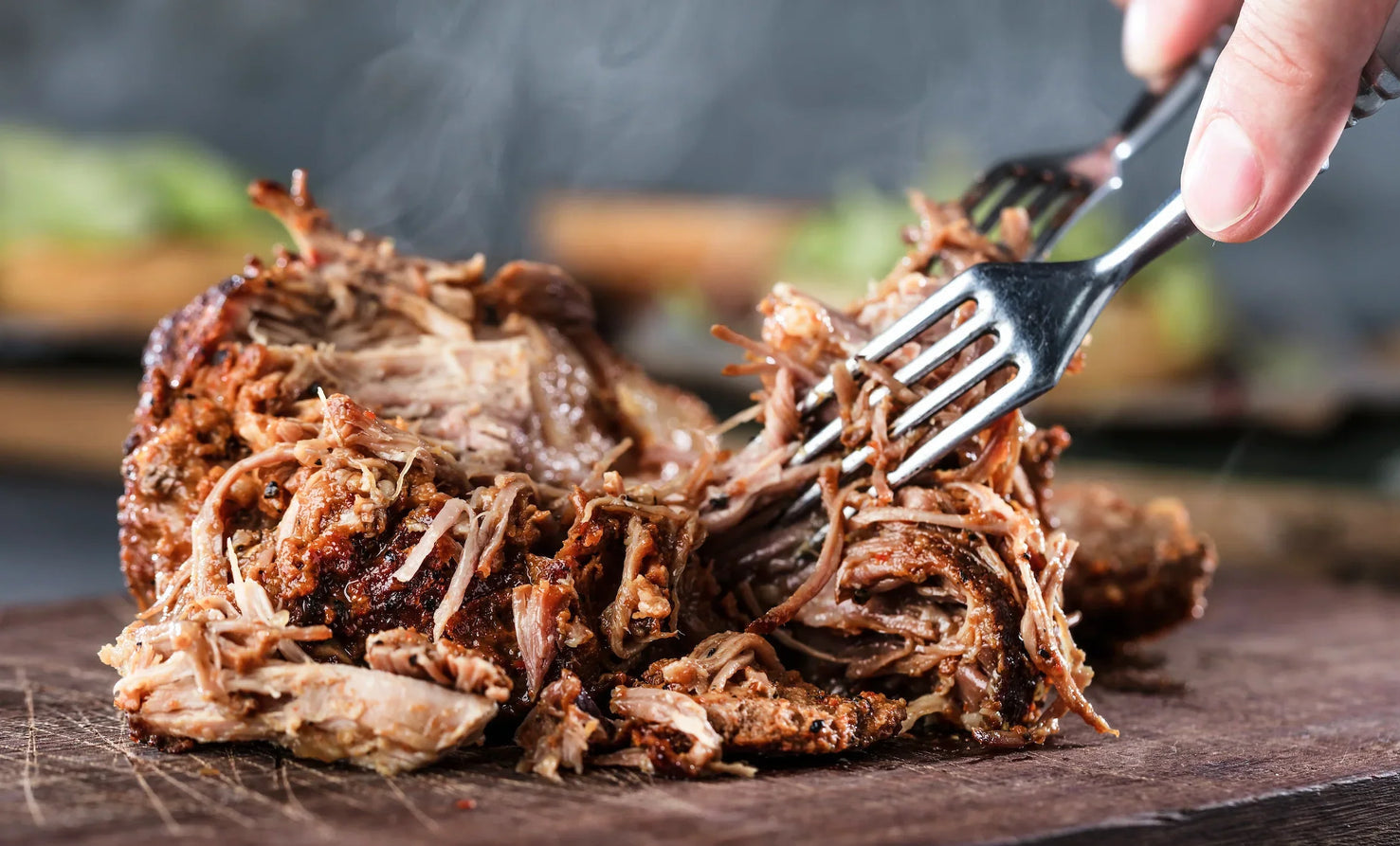

Articles
How To Store Pulled Pork
Modified: February 28, 2024
Learn the best methods for storing pulled pork in this informative article. Discover tips and tricks to keep your leftovers fresh and delicious.
(Many of the links in this article redirect to a specific reviewed product. Your purchase of these products through affiliate links helps to generate commission for Storables.com, at no extra cost. Learn more)
Introduction
When it comes to cooking pulled pork, it’s often the leftovers that leave us scratching our heads. How do we store this tender, flavorful meat to ensure it stays fresh and delicious for future meals? Proper storage is crucial to maintain the quality of pulled pork and prevent food waste.
In this article, we will explore the best methods for storing pulled pork so that you can enjoy it for days to come. We’ll cover refrigerator storage, freezer storage, vacuum sealing, using resealable bags, storing with sauce, reheating techniques, and share some helpful tips for maintaining the quality of your pulled pork.
So, whether you’re planning ahead for a weeknight dinner or looking to make the most of your barbecue leftovers, this guide has got you covered.
Key Takeaways:
- Properly storing pulled pork is crucial for safety, quality, and reducing food waste. Refrigerator and freezer storage, vacuum sealing, and gentle reheating techniques ensure succulent and flavorful pulled pork for future meals.
- Labeling, proper packaging, and gentle reheating are key to maintaining the quality of stored pulled pork. Whether using vacuum-sealed bags or resealable bags, following storage guidelines ensures delicious meals and minimizes waste.
Read more: How To Store Pulled Pork Overnight
Why is proper storage important?
Proper storage of pulled pork is essential for several reasons. First and foremost, it helps to maintain the safety of the food. Incorrect storage can lead to the growth of harmful bacteria, resulting in foodborne illnesses. By following the correct guidelines, you can ensure that your pulled pork stays safe to consume.
Furthermore, proper storage helps to preserve the quality and flavor of the pulled pork. When exposed to air and improper temperatures, pulled pork can quickly dry out, become tough, and lose its delicious taste. By storing it correctly, you can extend its shelf life, allowing you to enjoy the tender and succulent texture for a more extended period.
Proper storage also plays a significant role in reducing food waste. By taking care to store your leftover pulled pork properly, you can avoid spoilage and ensure that it remains fresh and ready to be used in future meals. This helps to minimize waste and maximize the value of your cooking efforts.
Lastly, proper storage allows you to plan ahead and make the most of your pulled pork. By storing it in a way that maintains its quality, you can prepare meals in advance, saving time and effort on busy days. Whether you’re using the pulled pork in sandwiches, tacos, casseroles, or salads, having it readily available in the perfect condition makes meal planning and preparation a breeze.
Now that we understand the importance of proper storage let’s delve into some methods for effectively storing pulled pork, both in the refrigerator and the freezer.
Refrigerator Storage
When it comes to storing pulled pork in the refrigerator, it’s essential to use proper containers and follow food safety guidelines. Here’s how you can ensure your pulled pork stays fresh and flavorful:
- Allow the pulled pork to cool: Before storing, make sure the pulled pork has cooled down completely. Putting hot or warm meat directly in the refrigerator can raise the temperature and potentially spoil other perishable items.
- Choose appropriate containers: Opt for airtight containers or resealable bags specifically designed for food storage. These containers help to maintain the moisture and prevent any cross-contamination with other foods in the fridge.
- Portion out the pulled pork: If you have a large batch of pulled pork, consider dividing it into smaller portions before storing. This allows for easier reheating of individual servings without exposing the entire batch to air.
- Label and date the containers: To keep track of freshness and avoid confusion, label each container with the date of storage. This will help you prioritize leftovers and use them up before they start to deteriorate in quality.
- Place in the refrigerator: Put the labeled containers in the refrigerator, making sure to store them in the appropriate temperature zone. The ideal refrigerator temperature for storing cooked meats is below 40°F (4°C).
When stored properly in the refrigerator, pulled pork can last for up to 3-4 days while retaining its taste and texture. Beyond this point, the quality may start to decline, and it is advisable to safely discard any leftovers.
Refrigerator storage is a convenient option when you plan to consume the leftover pulled pork within a few days. However, if you want to extend its shelf life further, consider freezing it using the methods we’ll explore next.
Freezer Storage
Freezing pulled pork is an excellent option if you want to extend its shelf life beyond a few days. Freezing not only preserves the quality of the meat but also allows you to conveniently enjoy pulled pork at your convenience. Here’s how to properly freeze pulled pork:
- Cool the pulled pork: Similar to refrigerator storage, it’s important to let the pulled pork cool down completely before freezing. This helps maintain the integrity of the meat while preventing the formation of ice crystals that can affect the texture.
- Divide and package: If you have a large amount of pulled pork, divide it into smaller portions that align with your serving needs. This will make it easier to thaw only the amount you require without having to defrost the entire batch.
- Wrap it up: Wrap each portion tightly in plastic or aluminum foil to protect it from freezer burn. Alternatively, you can place the pulled pork in a freezer-safe container or zip-lock bag, ensuring to remove as much air as possible to prevent oxidation.
- Label and date: Always label each package with the date of freezing to keep track of freshness. This will help you prioritize which packages to use first to maintain the highest quality.
- Freeze at 0°F (-18°C): Put the wrapped or bagged pulled pork in the freezer, ensuring it is stored at a temperature of 0°F (-18°C) or below. Consistent temperature is vital in maintaining the quality and flavor of the frozen pulled pork.
Pulled pork can be safely stored in the freezer for up to 3-4 months. However, for the best quality, it’s recommended to consume it within 1-2 months. The longer it stays in the freezer, the more it may lose its texture and flavor.
When you’re ready to enjoy the frozen pulled pork, thaw it in the refrigerator overnight. This gradual thawing process helps maintain the tenderness and quality of the meat. You can then proceed to reheat and use the thawed pulled pork as desired.
Freezer storage is an excellent option for those who prefer to have a stash of pulled pork on hand for quick and easy meals. However, if you want to take it a step further and enhance the longevity of your pulled pork, consider vacuum sealing.
Vacuum Sealing Pulled Pork
Vacuum sealing is an effective method to preserve the freshness and quality of pulled pork for an extended period. By removing the air from the packaging, vacuum sealing helps to prevent freezer burn, reduce oxidation, and maintain the texture and flavor of the meat. Here’s how to vacuum seal pulled pork:
- Cool and portion the pulled pork: It’s crucial to allow the pulled pork to cool down completely before vacuum sealing. Divide it into portion sizes that align with your needs.
- Prepare the vacuum sealer: If you have a vacuum sealer machine, follow the manufacturer’s instructions to prepare it for use. Ensure you have the appropriate vacuum-seal bags or rolls on hand.
- Place the pulled pork in bags: Put each portion of pulled pork into a vacuum-seal bag, leaving enough space at the top for sealing.
- Seal the bags: Vacuum seal the bags according to the instructions provided by your machine. The vacuum sealer will remove the air from the bags and create an airtight seal.
- Label and date: Label each vacuum-sealed bag with the name and date of packaging. This will help you keep track of freshness and prioritize usage.
- Freeze the vacuum-sealed pulled pork: Place the vacuum-sealed bags in the freezer at a temperature of 0°F (-18°C) or below.
Vacuum-sealed pulled pork can maintain its quality for an extended period, typically up to 6-12 months in the freezer. However, it’s advisable to consume it within 3-4 months for the best taste and texture.
When you’re ready to use the vacuum-sealed pulled pork, simply thaw it in the refrigerator overnight. This gradual thawing process will ensure the meat remains tender and ready for reheating.
Vacuum sealing is an excellent option for those who want the longest shelf life and utmost freshness for their pulled pork. However, if you don’t have a vacuum sealer, there’s another simple method for storing pulled pork using resealable bags.
After pulling the pork, store it in an airtight container or resealable plastic bag in the refrigerator for up to 3-4 days. For longer storage, freeze the pulled pork in a freezer-safe container for up to 3 months.
Read more: How To Store Pulled Pork After Smoking
Using Resealable Bags
If you don’t have a vacuum sealer, don’t worry – you can still effectively store pulled pork using resealable bags. While they may not provide the same level of air removal as vacuum sealing, they can still help to keep your pulled pork fresh for a reasonable period. Here’s how to use resealable bags for storing pulled pork:
- Cool and portion the pulled pork: Just like with other storage methods, allow the pulled pork to cool down completely before packaging. Divide it into convenient portions for future use.
- Select and prepare the bags: Choose high-quality, freezer-safe resealable bags that are large enough to accommodate the pulled pork. Ensure they are clean and dry before use.
- Fill the bags: Place the pulled pork into the bags, leaving some space at the top for expansion, and try to remove as much air as possible by pressing the bag gently.
- Seal the bags: Press out any remaining air from the bag and seal it securely. Double-check for any leaks or gaps in the seal.
- Label and date: Use a permanent marker to write the name of the contents and the date of storage on each bag. This will help you keep track of freshness and ensure you use the oldest bags first.
- Freeze the bags: Place the sealed bags of pulled pork in the freezer, making sure they are arranged in a flat position to save space and allow for easier stacking.
Using resealable bags is a convenient and affordable way to store pulled pork. The pulled pork stored in this manner can typically last for up to 3-4 months while maintaining good quality. However, it’s essential to note that the longer it stays in the freezer, the more it may lose its texture and flavor.
When you’re ready to use the frozen pulled pork, simply thaw it in the refrigerator overnight and proceed with your desired recipe or reheating method.
Now that we’ve covered the different storage methods for pulled pork, let’s discuss a specific consideration when storing pulled pork with sauce.
Storing Pulled Pork with Sauce
If you’ve prepared your pulled pork with sauce, you may be wondering how to properly store it without compromising the flavors. Storing pulled pork with sauce requires some special considerations to ensure the best results. Here’s what you need to know:
- Cool the pulled pork: Allow the pulled pork to cool down completely before storing it. This will help prevent the growth of bacteria and maintain the quality of the sauce.
- Remove excess sauce: If you have an excessive amount of sauce, consider removing some before storage. Excess sauce can become watery when frozen, affecting the texture of the pulled pork. However, it’s essential to leave enough sauce to keep the meat moist during reheating.
- Package the pulled pork: Place the pulled pork and the desired amount of sauce in an airtight container or resealable bag, ensuring a secure seal. Proper packaging prevents the sauce from leaking or coming into contact with other items in the fridge or freezer.
- Label and date: Clearly label the container or bag with the name of the contents and the date of storage. This helps you keep track of freshness and ensures you use the oldest batches first.
- Refrigerator storage: If you plan to consume the pulled pork within 3-4 days, place the sauce-infused pulled pork in the refrigerator, keeping it at or below 40°F (4°C).
- Freezer storage: For longer-term storage, you can freeze the pulled pork with sauce. Be aware that freezing may slightly alter the texture of the sauce, so it’s a good idea to test the sauce’s consistency after thawing and adjust as needed.
When reheating pulled pork with sauce, it is best to do so gently on the stovetop or in the oven, stirring occasionally to distribute the heat evenly. Avoid overheating, as this can result in dry and overcooked meat.
By following these tips, you can successfully store pulled pork with sauce, preserving the flavors and ensuring a tasty meal when you’re ready to enjoy it.
Now that we’ve covered storage methods, let’s move on to the important topic of reheating stored pulled pork.
Reheating Stored Pulled Pork
When it comes to reheating stored pulled pork, it’s important to use proper techniques to ensure the meat retains its tenderness and flavor. Here are a few recommended methods for reheating pulled pork:
- Stovetop: Place the pulled pork in a saucepan or skillet over low heat. Add a small amount of liquid, such as broth or barbecue sauce, to prevent the meat from drying out. Stir the pork occasionally until it is heated through.
- Oven: Preheat the oven to a low temperature, around 250°F (120°C). Place the pulled pork in an oven-safe dish and cover it with foil or a lid. Heat the pork in the oven for about 20-30 minutes or until it reaches the desired temperature.
- Microwave: This is a quick option for reheating pulled pork, but it can sometimes result in dry meat. Place the pulled pork in a microwave-safe container and cover it with a microwave-safe lid or plastic wrap. Heat the pork on medium power in one-minute intervals, stirring in between, until it is heated throughout.
Regardless of the method you choose, be cautious not to overheat the pulled pork, as it can dry out and become tough. Aim to heat it just enough to reach a safe serving temperature without sacrificing its original texture and moisture.
Once reheated, the pulled pork can be used in various dishes like sandwiches, wraps, tacos, or served alongside your favorite sides. Get creative and enjoy the delicious flavors of your stored pulled pork.
Now that we’ve covered the reheating process, let’s go over some tips to help maintain the quality and freshness of your stored pulled pork.
Tips for Maintaining Quality
To ensure the best quality and flavor of your stored pulled pork, consider the following tips:
- Properly package and seal: Use airtight containers, vacuum-sealed bags, or resealable bags to prevent air exposure, which can lead to freezer burn and loss of moisture.
- Date and label: Always label your containers or bags with the date of storage. This helps you keep track of how long the pulled pork has been stored and prioritize its use based on freshness.
- Use within recommended timeframes: While pulled pork can be stored in the refrigerator for 3-4 days and in the freezer for 3-4 months, aim to consume it within these timeframes for the best taste and texture.
- Keep consistent freezer temperatures: Ensure your freezer is set to the proper temperature of 0°F (-18°C) or below to maintain the quality of the pulled pork while it is frozen.
- Thaw gently: When thawing frozen pulled pork, do so gradually in the refrigerator. This allows the meat to thaw evenly and helps retain its moisture and tenderness.
- Reheat with care: Use gentle reheating methods, such as stovetop or oven, to avoid overcooking and drying out the pulled pork. If using the microwave, heat in short intervals and stir in between to ensure even heating.
- Store sauce separately: If you plan to use sauce with your pulled pork, consider storing it separately and adding it when reheating or serving. This helps maintain the quality of the sauce and prevents the pork from becoming overly saturated.
- Take note of texture: Pay attention to the texture of the pulled pork when reheating. If it begins to dry out or lose its tenderness, consider adding a small amount of liquid, such as broth or sauce, to help restore moisture.
Following these tips will help you maximize the quality and enjoyment of your stored pulled pork. By taking proper storage measures and reheating with care, you can savor the delicious flavors of this versatile meat for future meals.
Let’s conclude with a summary of what we’ve discussed.
Read more: How To Make Pull Pork In Slow Cooker
Conclusion
Properly storing pulled pork is essential for maintaining its safety, quality, and flavor. Whether you’re storing it in the refrigerator or freezer, using vacuum-sealed bags or resealable bags, or storing it with sauce, following the correct methods will ensure that your pulled pork stays fresh and delicious for future meals.
Refrigerator storage allows you to enjoy your pulled pork within a few days, while freezer storage extends its shelf life for several months. Vacuum sealing pulls out the air and preserves the meat’s texture and taste, while resealable bags offer a convenient and affordable option for storage. Storing pulled pork with sauce requires some considerations to maintain the integrity of both the meat and the sauce.
When it’s time to enjoy your stored pulled pork, reheating it properly is crucial. Whether using the stovetop, oven, or microwave, reheating gently and without overcooking will preserve the meat’s tenderness.
To maintain the best quality, remember to properly package and seal the pulled pork, label and date it, and use it within the recommended timeframes. Keeping consistent freezer temperatures, gently thawing the meat, and reheating with care are also key to maintaining the pulled pork’s texture and flavor.
By following these guidelines and incorporating these tips, you can savor the succulent and flavorful pulled pork for several meals and reduce food waste. Whether you’re planning ahead or making the most of your barbecue leftovers, proper storage and reheating techniques ensure your pulled pork continues to delight your palate.
So, go ahead and enjoy the versatility and deliciousness of pulled pork, knowing that you can store it properly and savor it in many delightful ways.
Frequently Asked Questions about How To Store Pulled Pork
Was this page helpful?
At Storables.com, we guarantee accurate and reliable information. Our content, validated by Expert Board Contributors, is crafted following stringent Editorial Policies. We're committed to providing you with well-researched, expert-backed insights for all your informational needs.
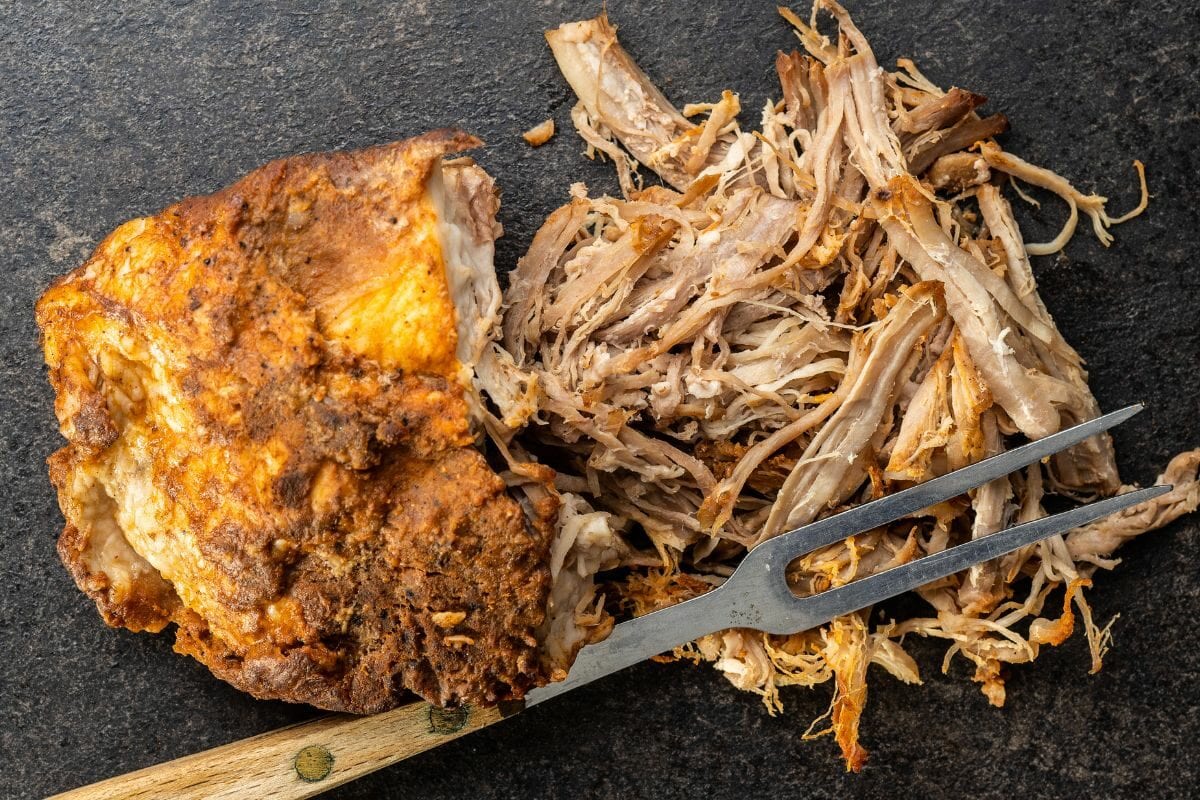
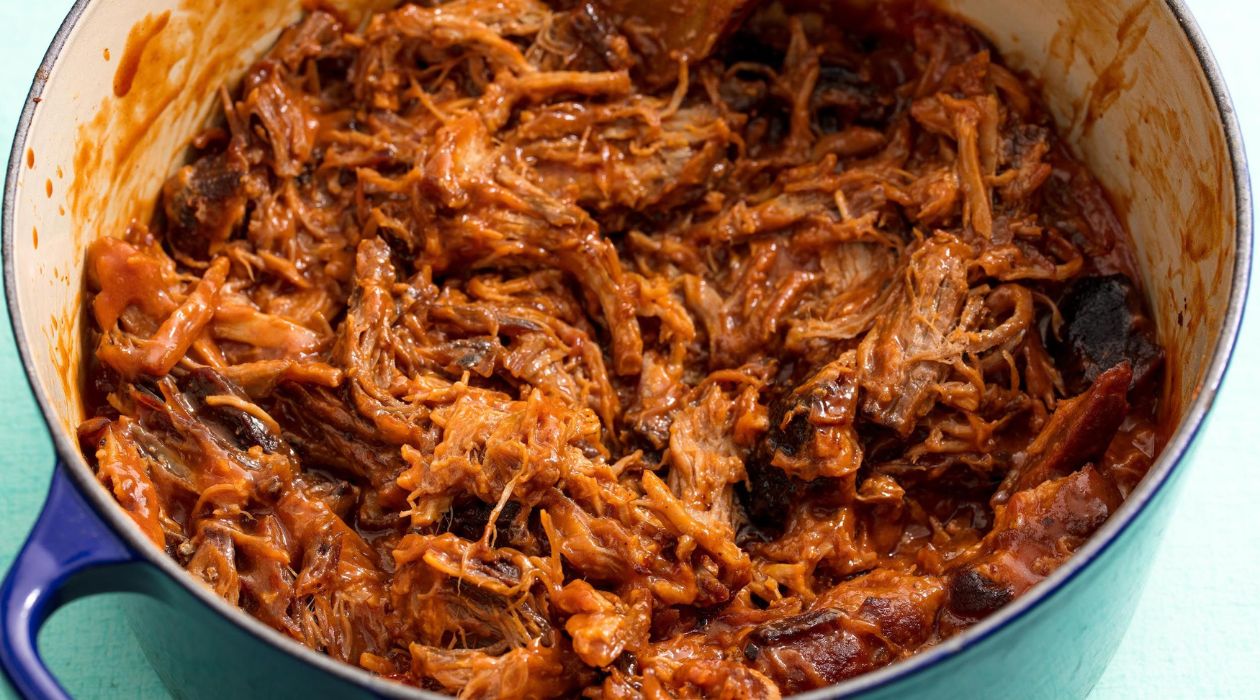
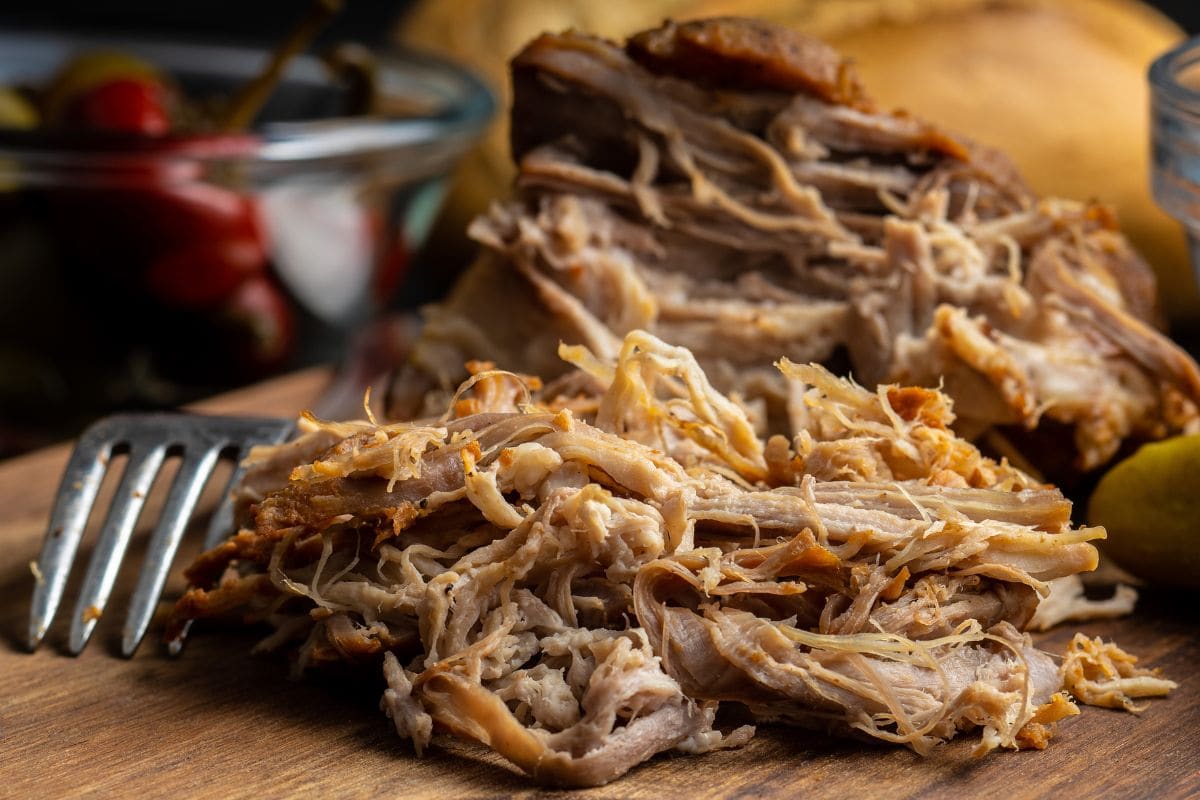
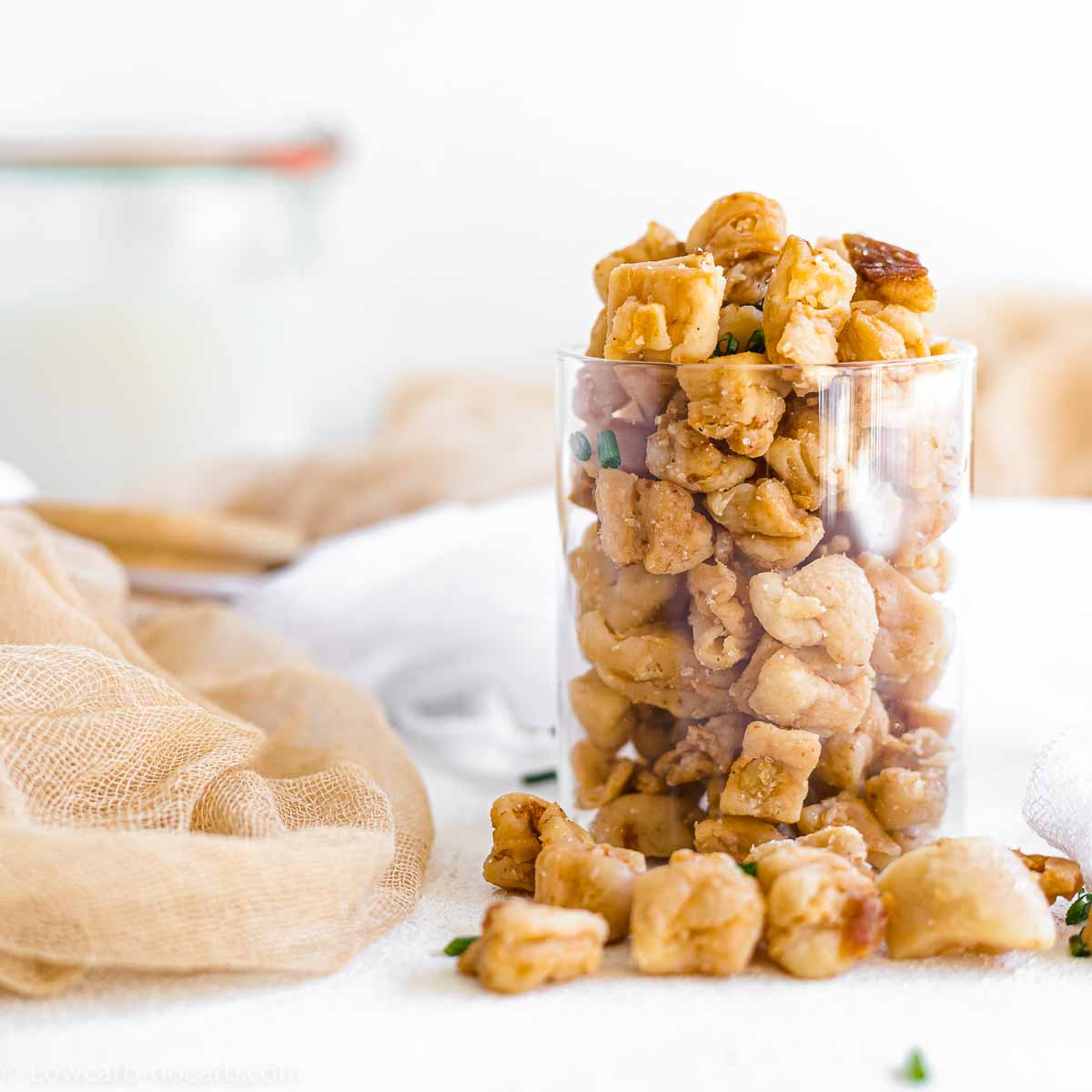
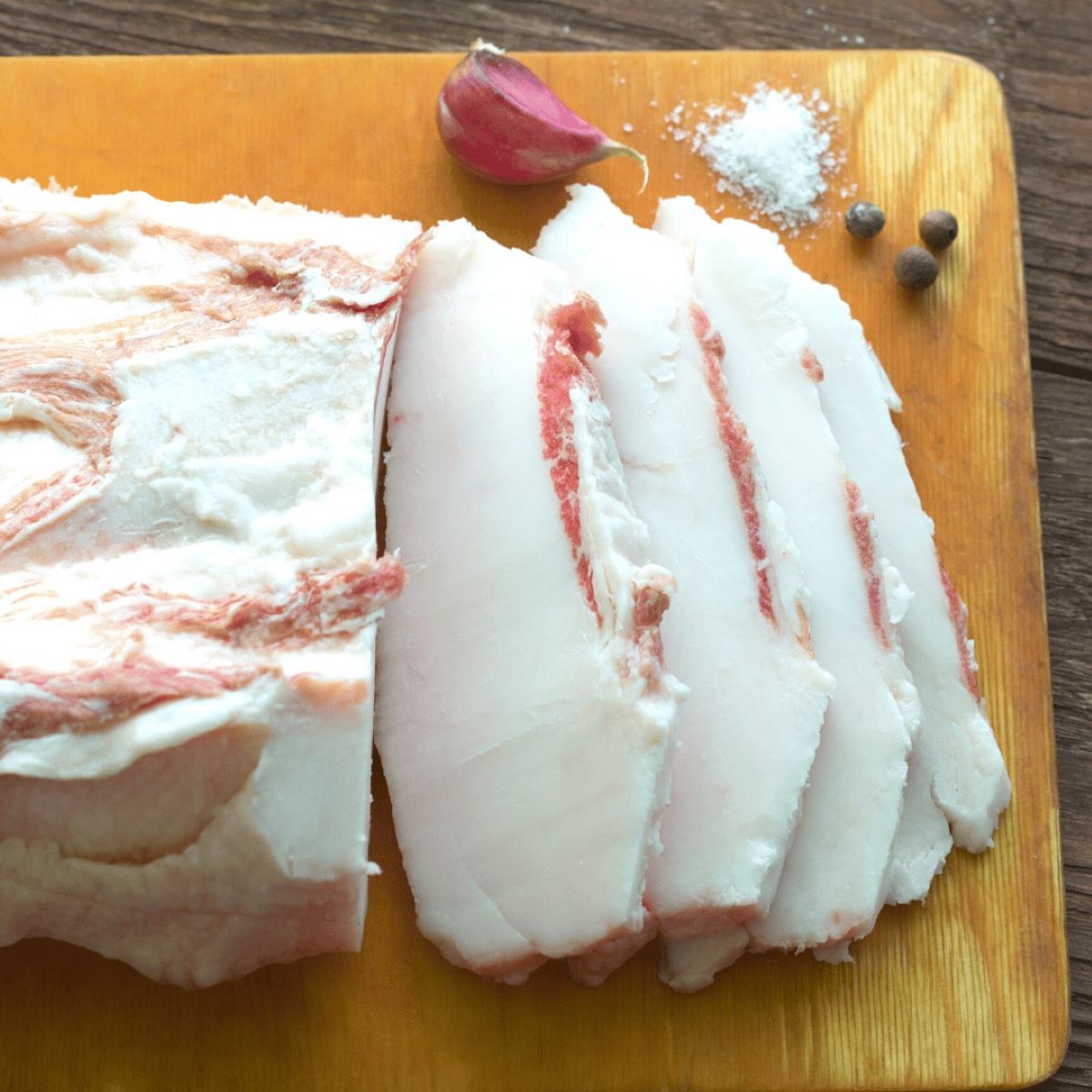
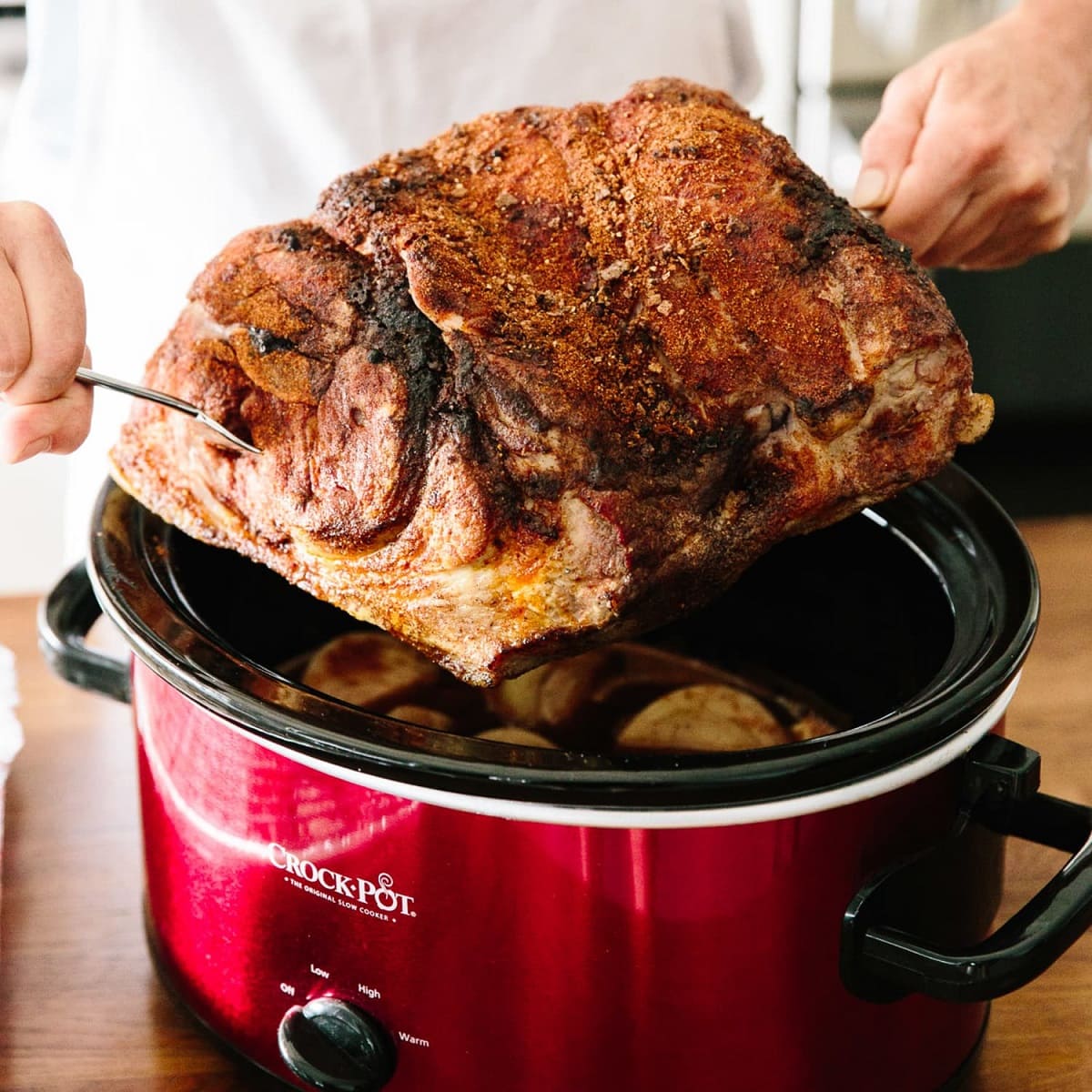
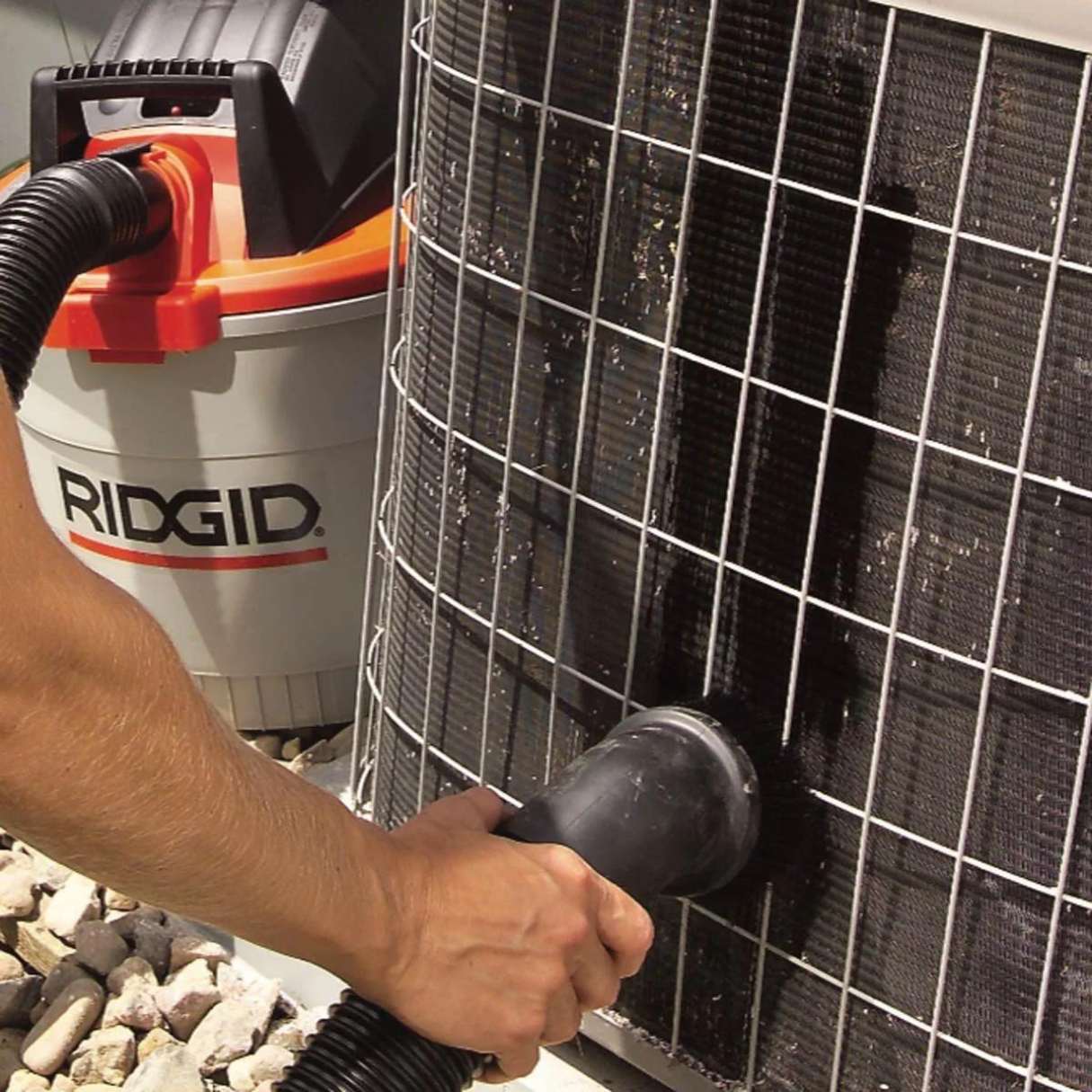

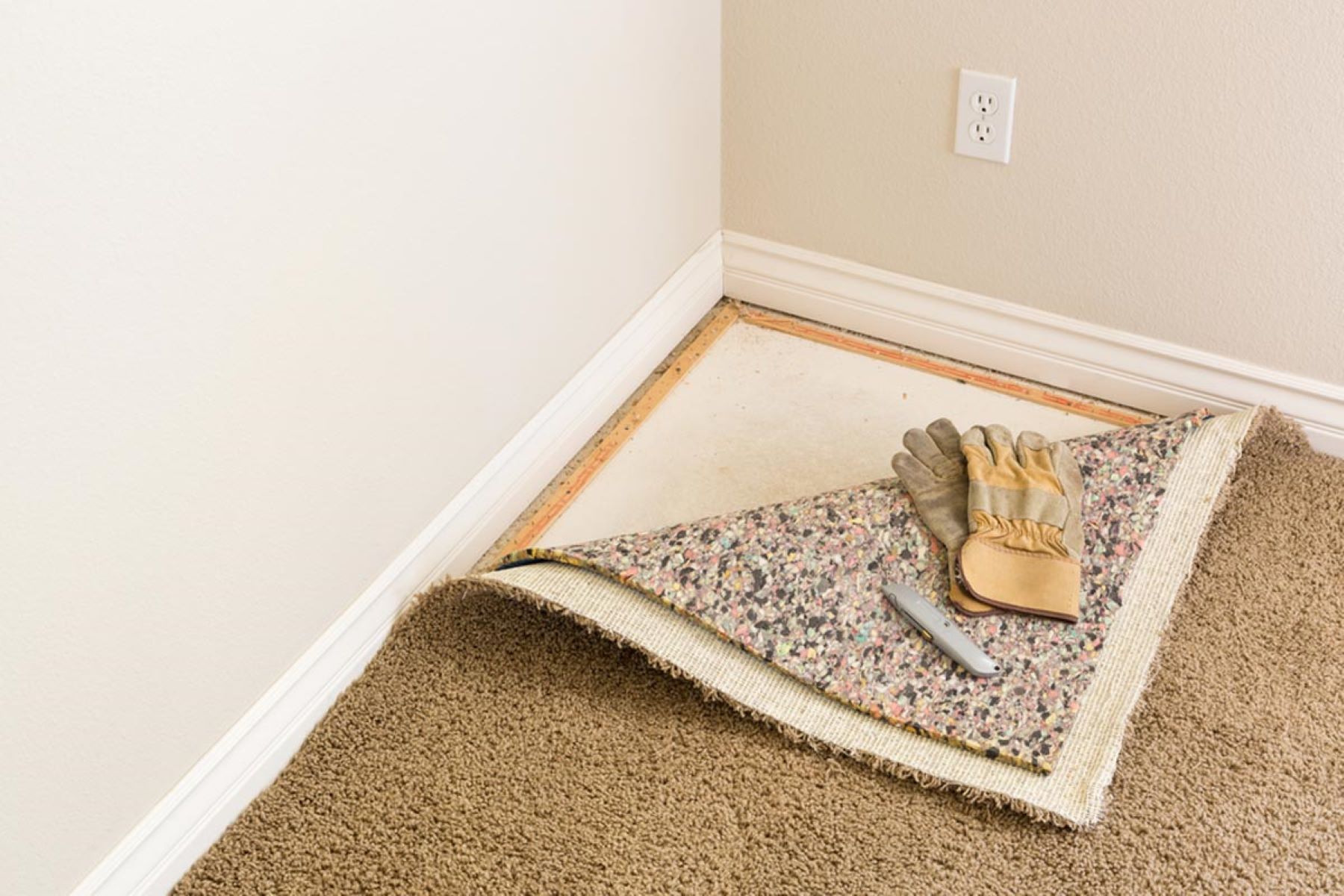
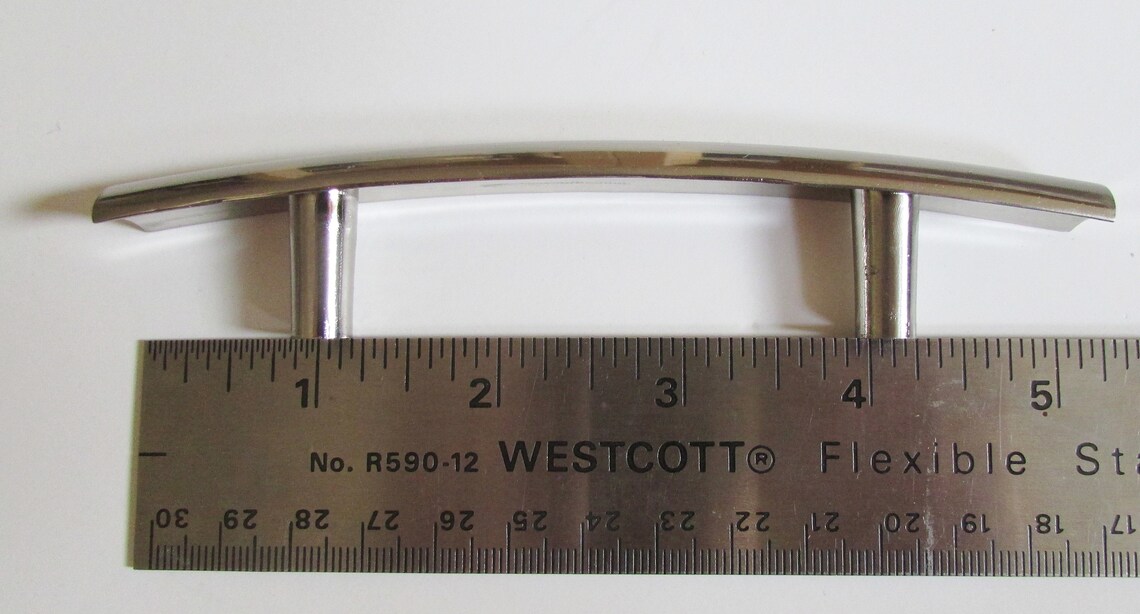
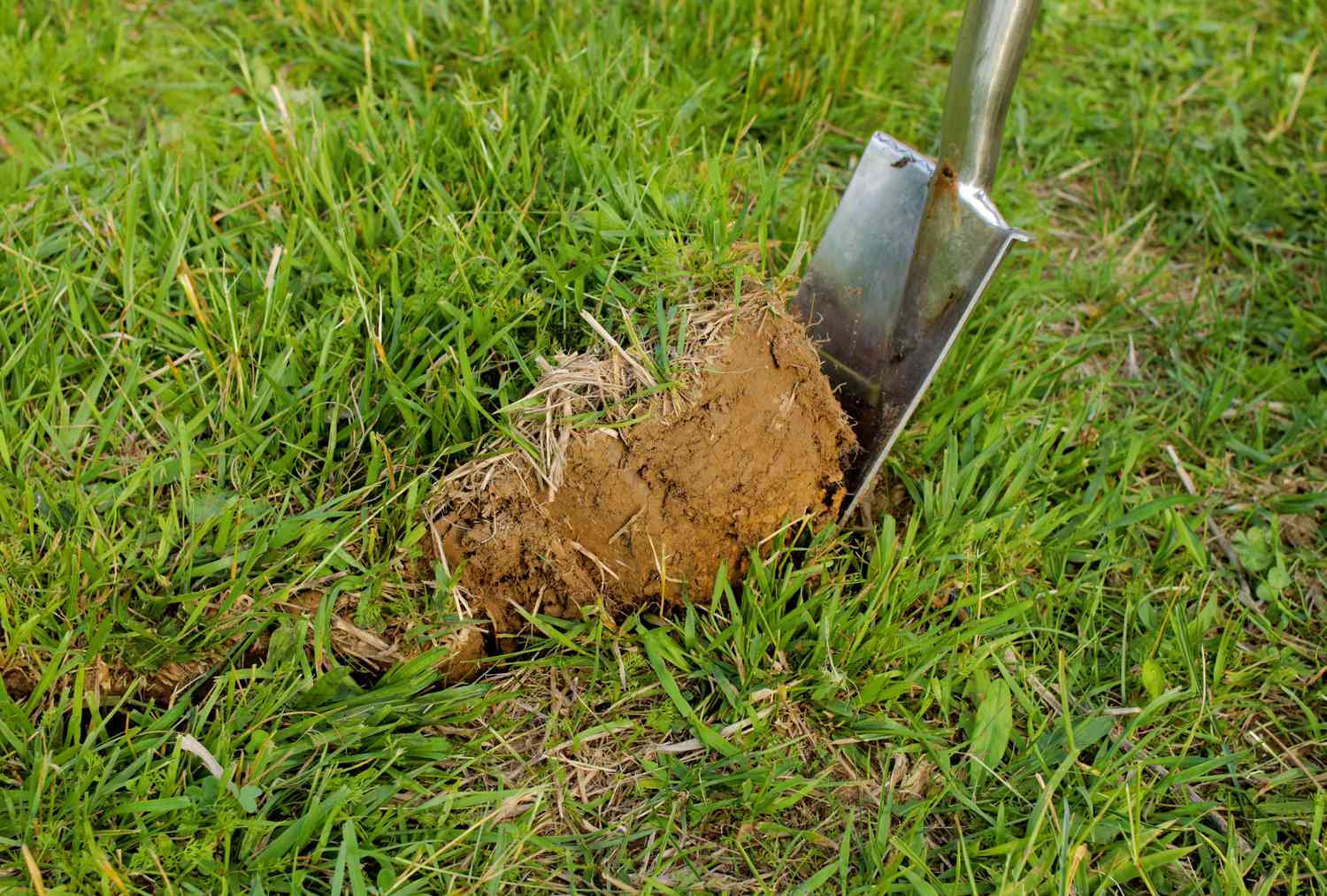

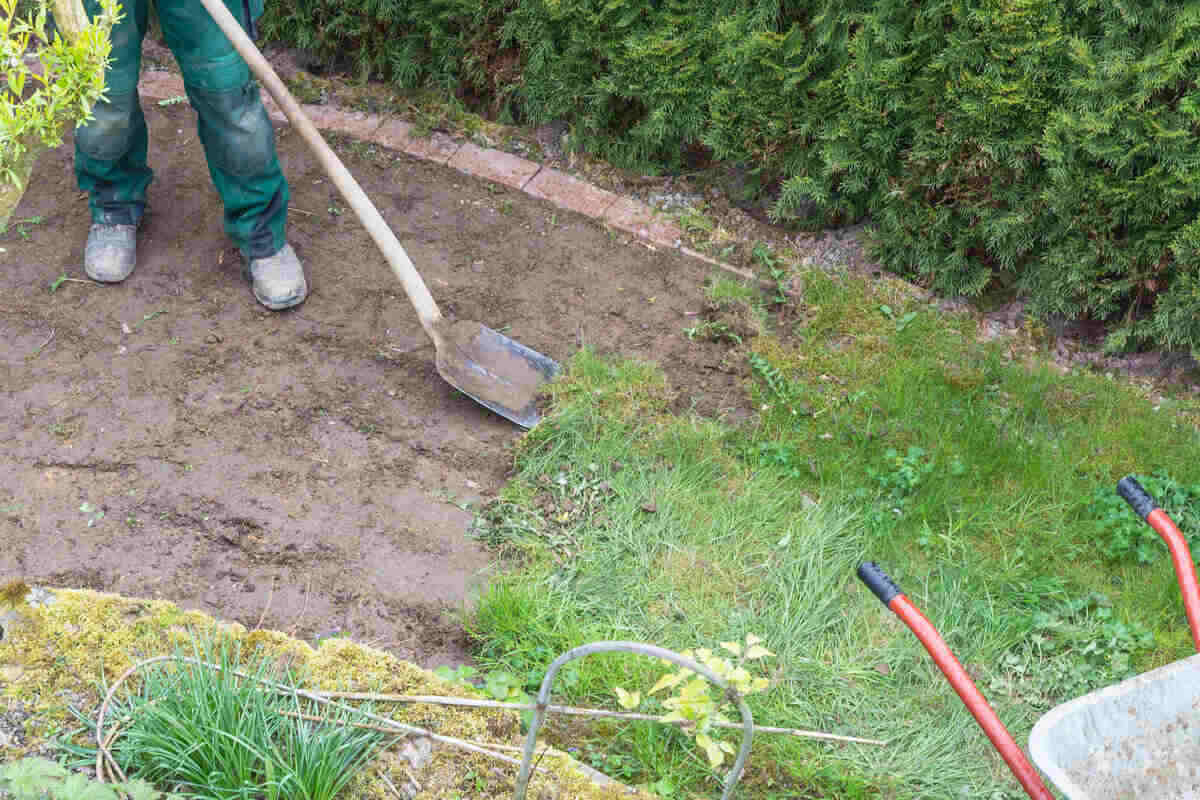

0 thoughts on “How To Store Pulled Pork”